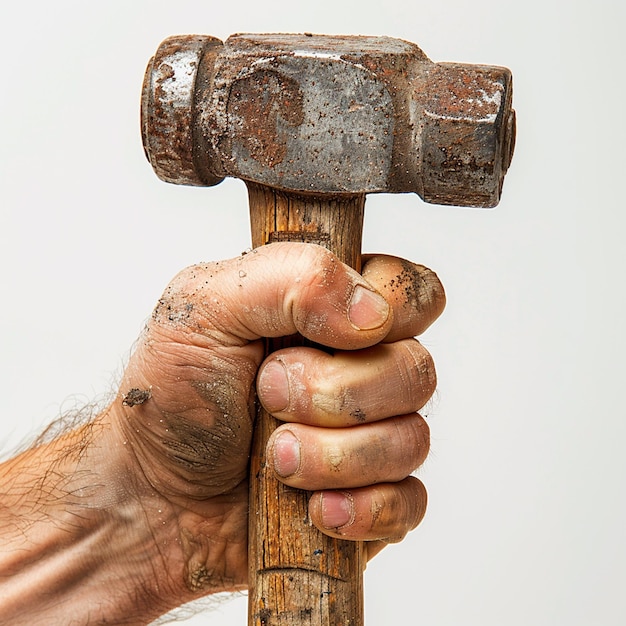Breast self-examinations are easy and crucial for catching breast cancer early. By regularly checking your breasts, you can become more familiar with how they normally look and feel, making it easier to notice any unusual changes.
The Purpose of Self-Examinations
Regular self-exams help you get to know what鈥檚 normal for your breasts so you can quickly spot any changes. The most common warning sign is a lump, which is usually painless but can be felt or seen. It鈥檚 also important to watch for changes in the nipple, such as it becoming inverted, sticking out more, or releasing fluid. Changes in the skin, especially if they only affect one breast, should also be noted. Keeping an eye on your breast tissue regularly helps you catch any new hard areas that weren鈥檛 there before.
Understanding Breast Cancer
Breast cancer is the most common cancer in women and happens when some breast cells grow uncontrollably, forming a tumor. Tumors can be benign (like fibroadenomas or cysts) or malignant (carcinomas). Malignant tumors are dangerous because they can spread to other parts of the body. Early detection is possible through routine mammograms and regular check-ups based on your age and medical history. Treatments include surgery, chemotherapy, radiation therapy, hormone therapy, and biological therapies, and the chances of recovery depend on the cancer鈥檚 stage and characteristics at diagnosis.
When to Perform Self-Examinations
Starting at age 20, it鈥檚 best to do a self-exam once a month, ideally a week after your menstrual cycle ends, since hormonal changes can affect your breast structure. By knowing your body, you can better tell the difference between normal changes and possible concerns. If you鈥檙e pregnant or in menopause, timing is less crucial, but watch for signs like skin changes, fluid from the nipple, or changes in breast shape, and consult a doctor if needed.
How to Conduct a Self-Examination
A self-exam involves two steps: looking and feeling.
Observation: Look for unusual changes in breast shape, skin color, cracked nipples, ulcers, or dimples. Do this in front of a mirror with a relaxed posture, arms at your sides, then with arms raised, and again with hands on your forehead and chest muscles contracted.
Palpation: Feel your breasts using the inner parts of three joined fingertips, moving in small circles and increasing pressure gradually to cover each part of the breast. This can help you detect any hard lumps or changes.
What to Look Out For
During a self-exam, notice any changes in the size or shape of your breasts, lumps in the breast or armpit, discharge from the nipples, skin changes like dimples or bumps, or any unusual pain. Also, be aware of nodules, nipple changes, skin rashes, and unexplained pain in the breast or armpit.
Remember, self-exams aren鈥檛 a replacement for professional exams or tests like mammograms and ultrasounds. However, doing them regularly and correctly can help you catch cancer early and reduce the risk of finding advanced cancer. If you spot any concerning symptoms, see a healthcare professional right away.







